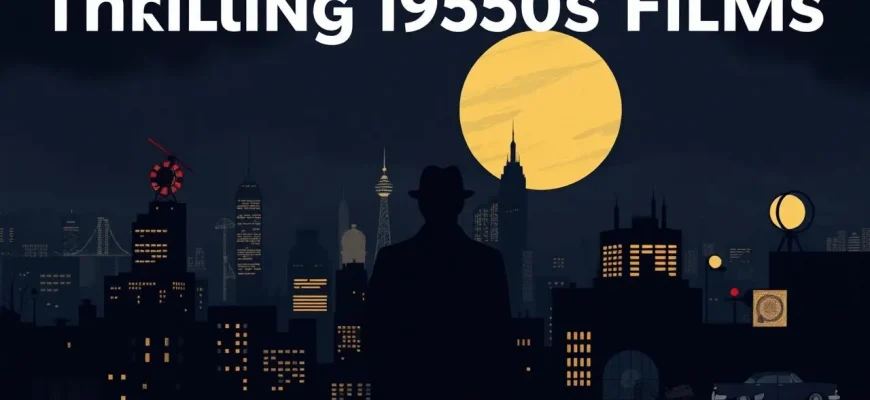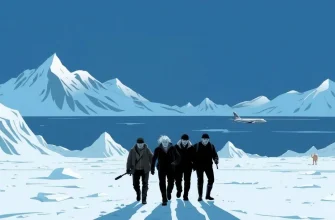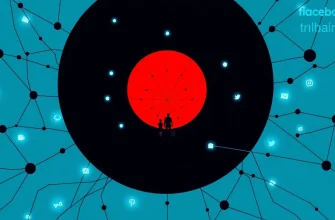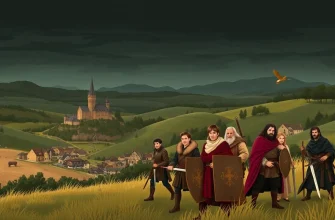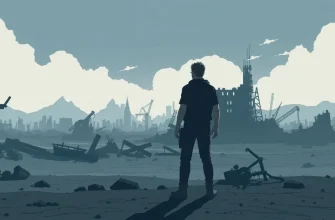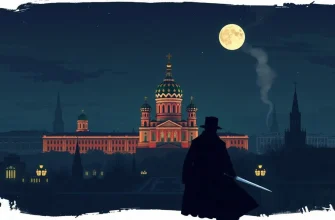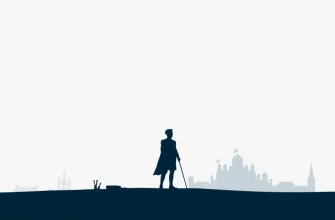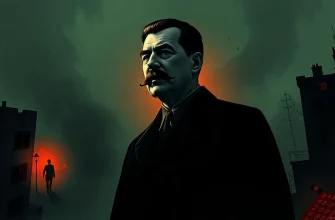The 1950s were a time of post-war recovery, Cold War paranoia, and social change, all of which provided fertile ground for thrilling cinema. This curated list of films transports viewers back to this pivotal decade, where suspense, mystery, and psychological tension reigned supreme. Whether you're a fan of classic cinema or simply love a good thriller, these movies offer a unique glimpse into the era's atmosphere, with stories that still resonate today.
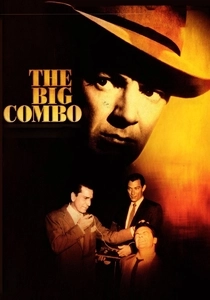
The Big Combo (1955)
Description: A gritty noir thriller about a police lieutenant obsessed with taking down a mob boss, this film delves into themes of corruption and obsession, capturing the dark underbelly of the 1950s.
Fact: The film was noted for its innovative use of shadows and light, enhancing its noir aesthetic.
 Watch Now
Watch Now 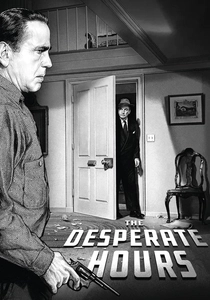
The Desperate Hours (1955)
Description: A family is held hostage by escaped convicts in their own home, creating a tense atmosphere of fear and suspense, reflecting the era's concerns about crime and safety.
Fact: The film was based on a novel by Joseph Hayes, which was inspired by a real-life hostage situation.
 Watch Now
Watch Now 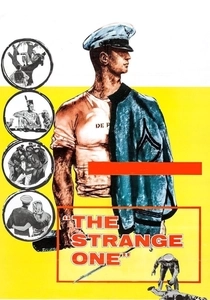
The Strange One (1957)
Description: Set in a military academy, this film explores themes of power, manipulation, and the dark side of conformity, capturing the 1950s' institutional paranoia.
Fact: It was one of the first films to deal with homosexuality, albeit subtly, in a mainstream setting.
 Watch Now
Watch Now 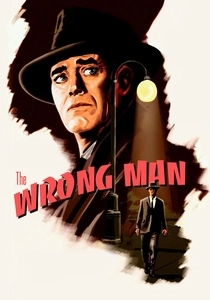
The Wrong Man (1956)
Description: Alfred Hitchcock's thriller about a man mistaken for a criminal, showcasing the era's fascination with mistaken identity and the justice system's flaws.
Fact: The film is based on a true story, and Hitchcock used real locations to enhance the film's realism.
 Watch Now
Watch Now 
The Crimson Kimono (1959)
Description: A detective story set in Los Angeles, this film delves into racial tensions and the complexities of interracial relationships in the 1950s, adding a layer of social commentary to its thriller narrative.
Fact: The film was notable for its progressive portrayal of interracial relationships at a time when such themes were rarely explored in cinema.
 Watch Now
Watch Now 
The Manchurian Candidate (1962)
Description: While technically released in 1962, this film is set during the Korean War and its aftermath in the 1950s, exploring themes of brainwashing and political intrigue. It's a chilling look at how the era's fears could be manipulated for sinister purposes.
Fact: The film was considered so controversial that it was withdrawn from circulation in the U.S. after the assassination of President John F. Kennedy. It was re-released in
 Watch Now
Watch Now 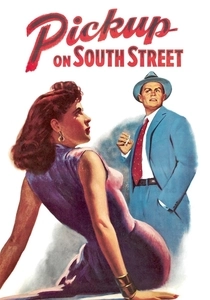
Pickup on South Street (1953)
Description: A pickpocket inadvertently steals a microfilm from a woman on the subway, leading to a chase involving spies and the FBI. This film captures the Cold War tension of the 1950s.
Fact: The film was nominated for three Academy Awards, including Best Supporting Actress for Thelma Ritter.
 30 Days Free
30 Days Free 
Kiss Me Deadly (1955)
Description: This hard-boiled detective story, set in the 1950s, follows a private eye who stumbles upon a nuclear conspiracy. It's a film that epitomizes the era's fear of atomic power and the unknown.
Fact: The film's ending was so controversial that it was altered for its initial release, but later restored.
 30 Days Free
30 Days Free 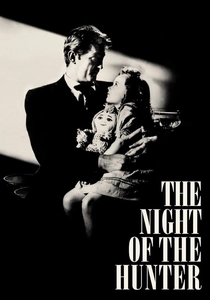
The Night of the Hunter (1955)
Description: Set in the Depression-era 1950s, this film noir thriller features a menacing preacher with "LOVE" and "HATE" tattooed on his knuckles, hunting for hidden money. Its gothic atmosphere and psychological tension make it a standout.
Fact: Charles Laughton, known for his acting, directed this as his only film, creating a visually stunning masterpiece.
 30 Days Free
30 Days Free 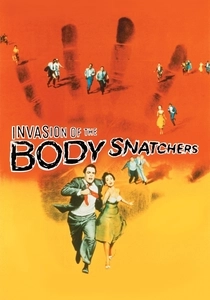
Invasion of the Body Snatchers (1956)
Description: This sci-fi thriller captures the paranoia of the 1950s with its story of alien pods replacing humans with emotionless duplicates. It's a metaphor for the fear of losing one's identity in the face of conformity.
Fact: The film was remade in 1978 and again in 1993, each version reflecting the anxieties of its respective time.
 30 Days Free
30 Days Free 
